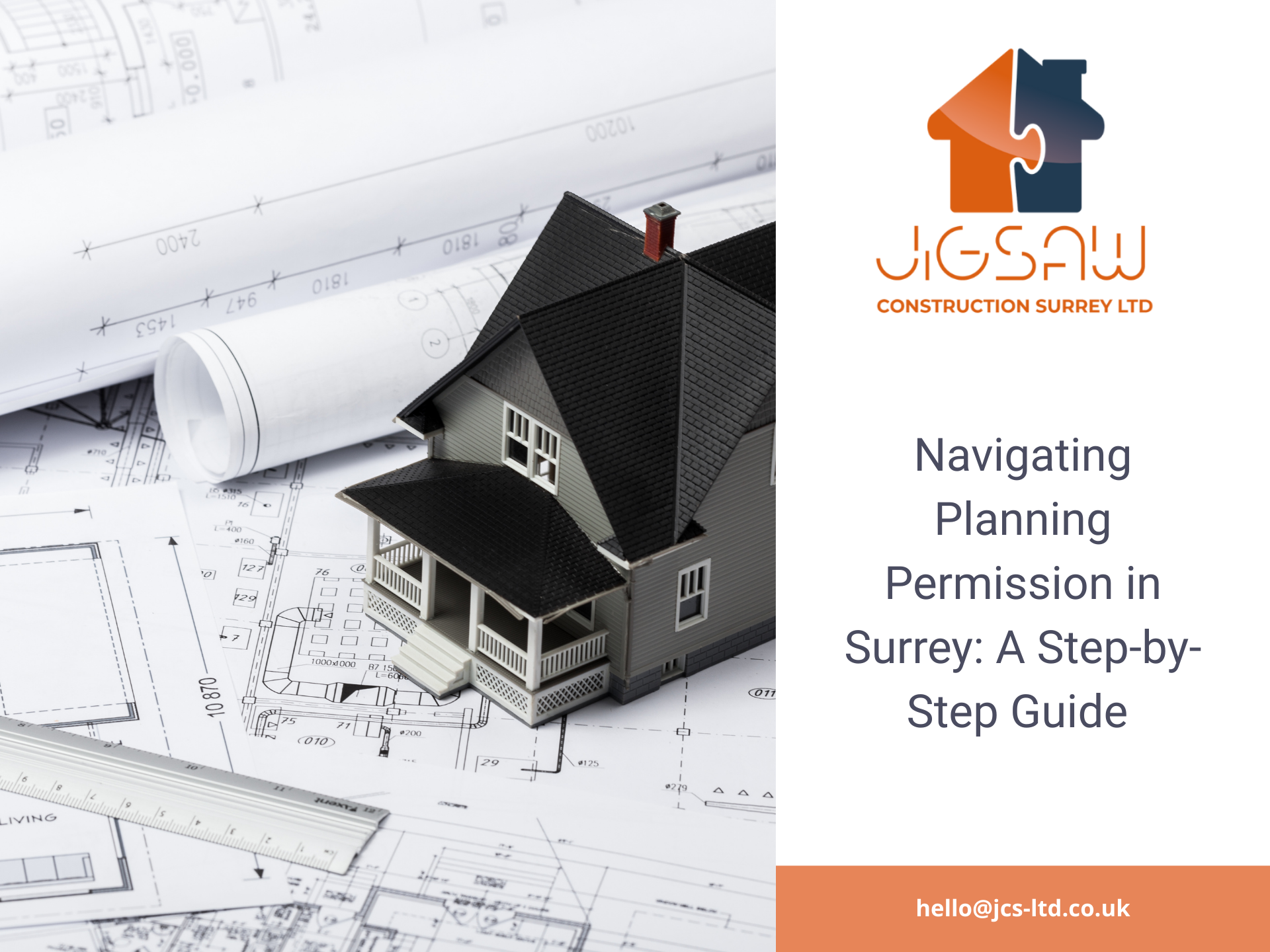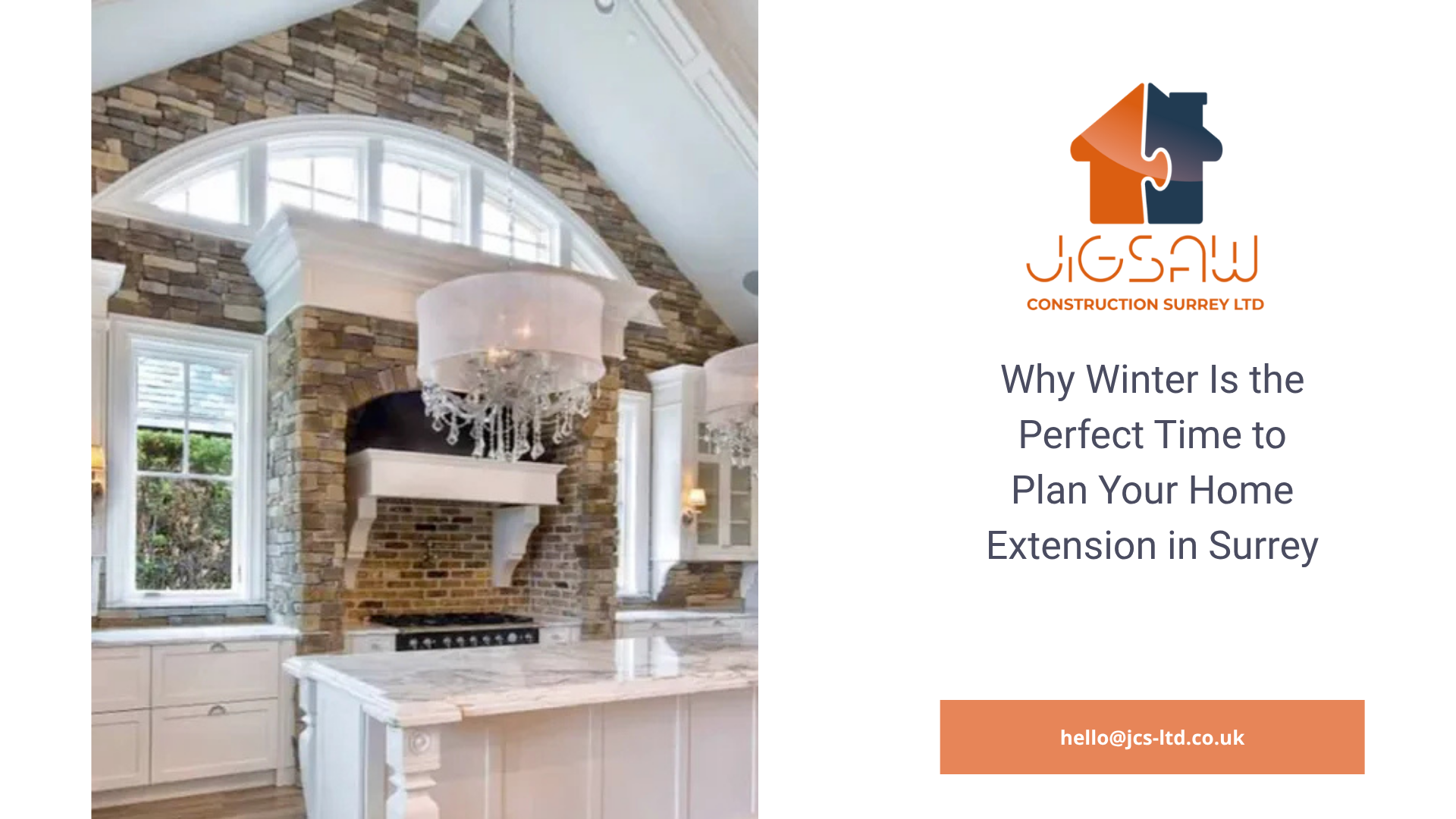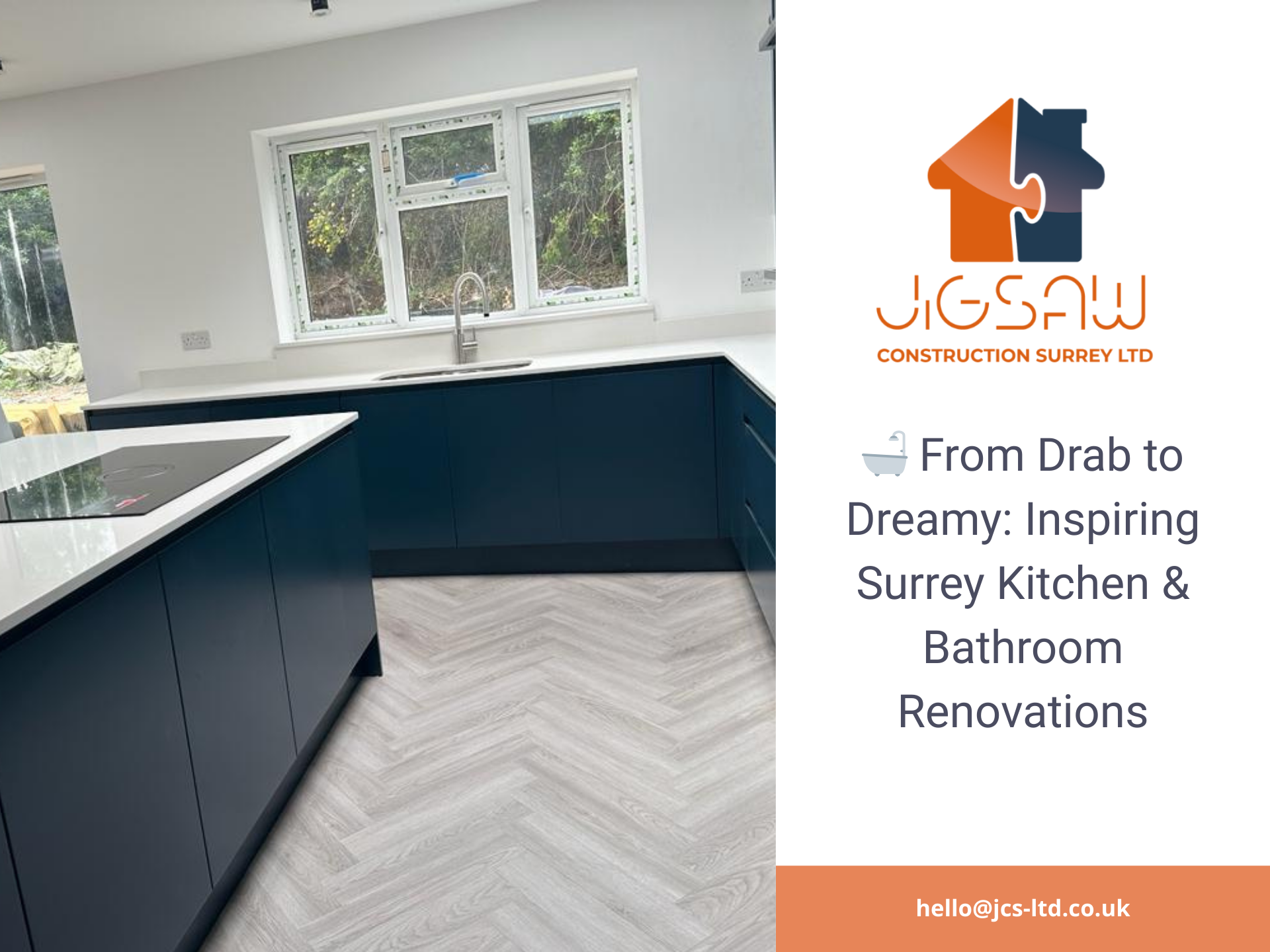Cost Effective Extensions
This is a subtitle for your new post

At Jigsaw Construction Surrey Ltd, we build many extensions for our clients who each have their own budget and reasons for their extension. How cost effective the extension is for each client, varies due to the different factors involved. However, we have put together some of the most cost-effective extensions from a general perspective below:
Loft Conversions
Converting your loft into a functional living space is a popular way to extend your home and increase living space. Having this extra space is perfect for a growing family or overcrowded home. Loft conversions can provide an additional bedroom, office, or playroom and they can increase the value of your home by around 20%.
Garage Conversions
Many properties have an unused garage or use the garage as storage. By converting it, you can increase your family’s living space, and increase the value of your home. A garage conversion can create a new bedroom, home office, or gym. Using existing space rather than building additional space from scratch also saves considerable building costs.
Conservatories
Modern conservatories are extremely versatile and secure, and can serve as an office space, a dining room, an extra living room, a children's playroom, or additional living space. It's a relatively affordable extension option and provides a bright and airy atmosphere. You can choose from various designs and sizes to suit your needs and budget.
Rear Extensions
This type of extension often involves extending the kitchen or living area. It may require planning permission, but it can add significant value and functionality to your home. A rear extension can transform a home, creating more space at the back of the house and opening it up to the garden. It can be a great solution for terraced houses or for properties that do not have a side return. However, if you do have a side return you can combine a side return extension with a rear extension and maximise the space you have available with a wrap-around extension, making the most of unused outdoor space.
Garden Room
A garden room or a small outbuilding in your backyard can provide additional space for various purposes. It can serve as a home office, studio, or leisure area. Garden rooms are often more cost-effective than traditional extensions as they require less construction work.
Porch Extensions
Adding a porch to the front or rear entrance of your home can be a cost-effective way to enhance your property's curb appeal and provide extra storage space. Porch extensions can be relatively simple structures or more elaborate designs, depending on your preferences.
Basement Conversions
If you have an existing basement, converting it into habitable space can be a cost-effective way to expand your home. This option requires careful planning and consideration of damp proofing, ventilation, and natural light. Some examples of uses for basement conversions include extra bedrooms, a home theatre, or a playroom.
Ways to Cut the Costs of an Extension
If you do want to go ahead with an extension but have limited a limited budget, here are some ways to reduce costs:
1. Thoroughly plan and design your extension before starting the construction. This will help you avoid costly changes and revisions during the build. Consider the layout, materials, and finishes that offer the best value for your budget.
2. Determine a budget for your extension and stick to it. Research and gather quotes from different builders and suppliers to get a clear idea of the costs involved. Be sure to include contingencies for unexpected expenses that may arise during the project. Don't automatically choose the lowest quote; instead, evaluate the experience, expertise, and reputation of the builders before making a decision.
3. If you have the necessary skills and experience, you can consider taking on some of the work yourself or self-managing the project. However, be realistic about your abilities and ensure you can complete the tasks to a high standard. It's important to know when to hire professionals for certain aspects of the project to avoid costly mistakes.
4. Maximizing the use of existing space can help reduce the overall cost of your extension. As mentioned above, consider converting a loft or garage rather than building a new structure from scratch. This can save on foundation work and some construction costs.
5. Explore cost-effective building materials that still meet your quality requirements. For example, using engineered wood instead of solid hardwood for flooring or choosing durable but less expensive roofing materials can help lower costs.
6. Consult with a structural engineer to ensure your extension meets building regulations but avoid over-engineering. Excessive structural work can significantly increase costs. Opt for designs that are structurally sound and efficient without unnecessary complexities.
7. Gather quotes from multiple suppliers for materials like windows, doors, fixtures, and fittings. Compare prices and quality to find the best deals without compromising on the desired functionality and aesthetics.
Remember, while it's essential to cut costs, it's equally important to maintain quality and adhere to building regulations. At Jigsaw Construction Surrey Ltd, we provide an end-to-end service and work with you to find the best solutions for your budget. We ensure your extension is safe, structurally sound, and compliant with local regulations.
Visit https://www.jcs-ltd.co.uk/#ContactUs and find out how we can help you with your extension.




